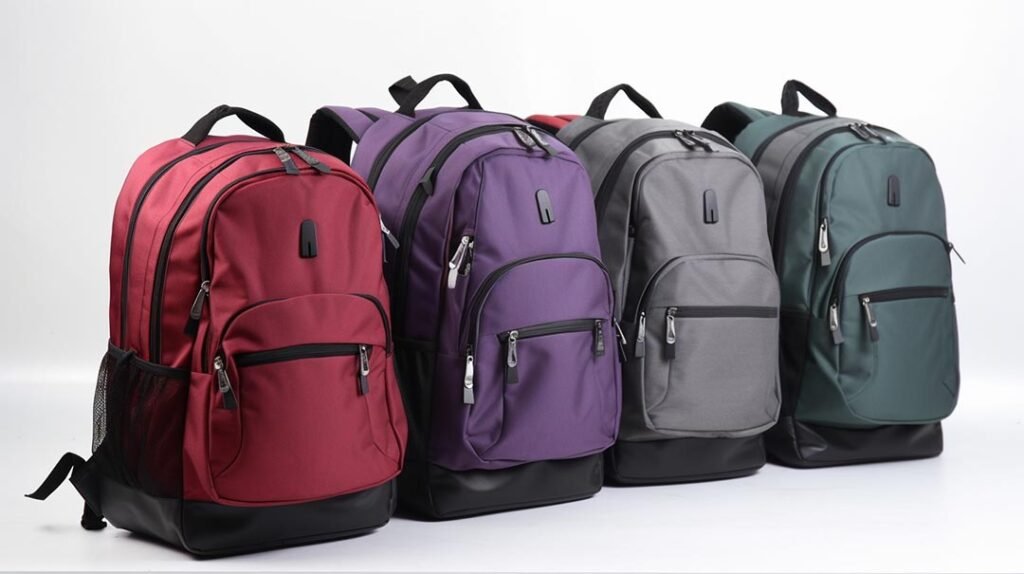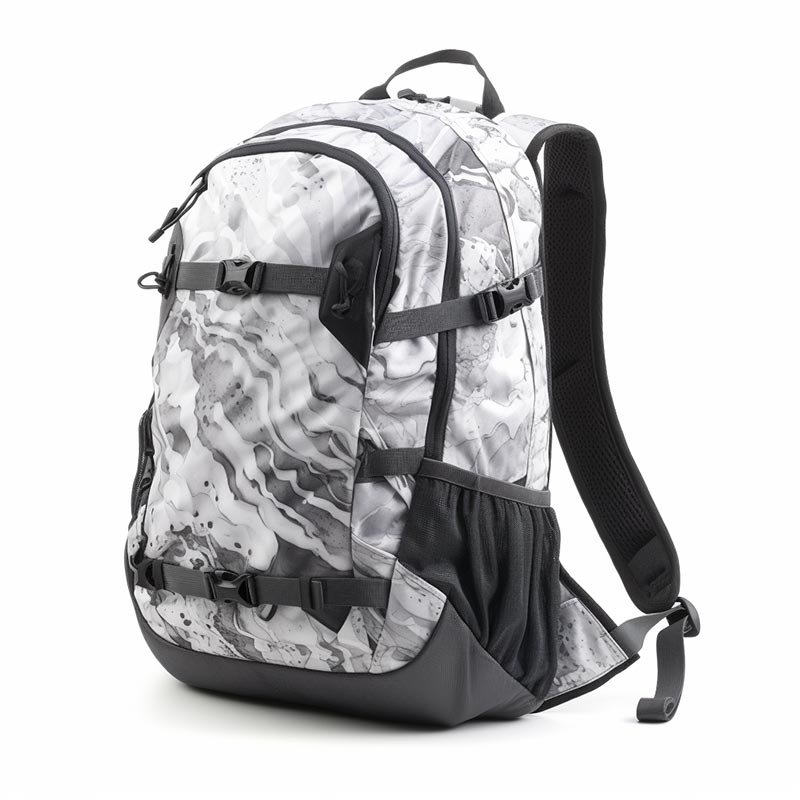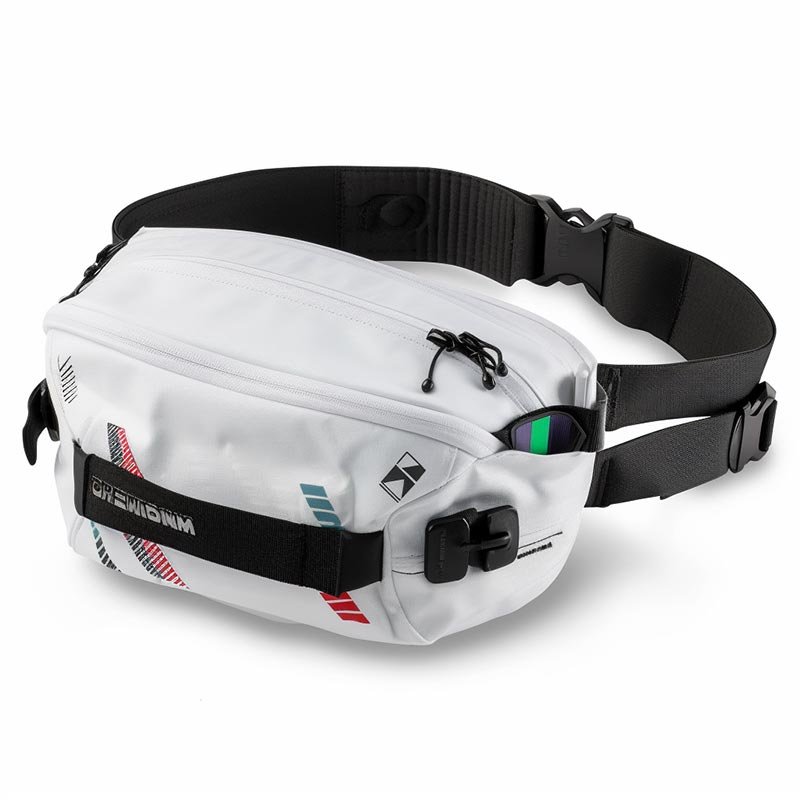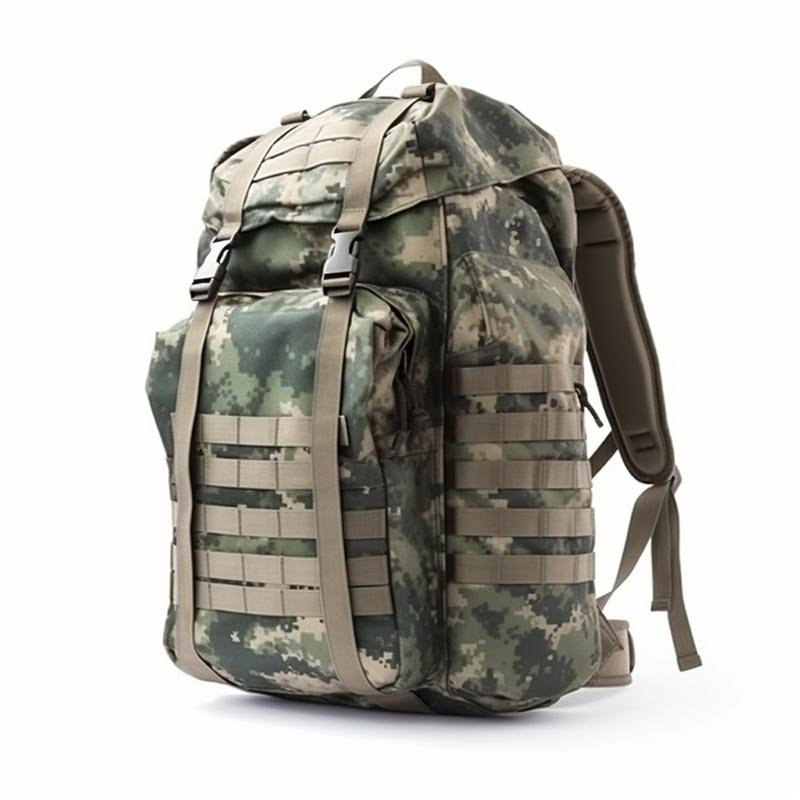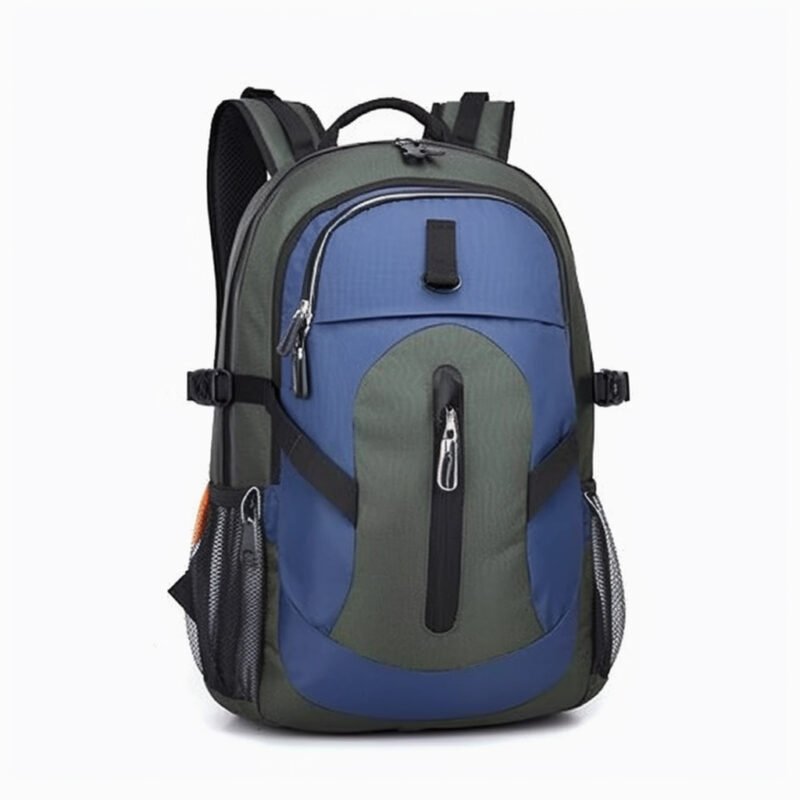10 Tips for Buying a Backpack
When it comes to choosing the perfect backpack, there are several important factors to consider.
Whether you’re a student, traveler, or outdoor enthusiast, having the right backpack can greatly enhance your experience.
In this article, we’ll explore ten valuable tips to guide you in making an informed backpack purchase.
Table of Contents
Size and Capacity
Determining your needs
Before diving into the world of backpacks, it’s essential to assess your specific needs. Consider the intended purpose of the backpack and the items you plan to carry. Are you looking for a daypack for commuting or a spacious backpack for hiking and camping?
Evaluating backpack sizes
Backpacks come in various sizes, including small, medium, and large. Understanding your requirements will help you choose an appropriate size that accommodates your belongings comfortably.
Assessing storage capacity
Alongside size, evaluating the backpack’s storage capacity is crucial. Look for compartments, pockets, and dedicated spaces to store and organize your belongings efficiently.
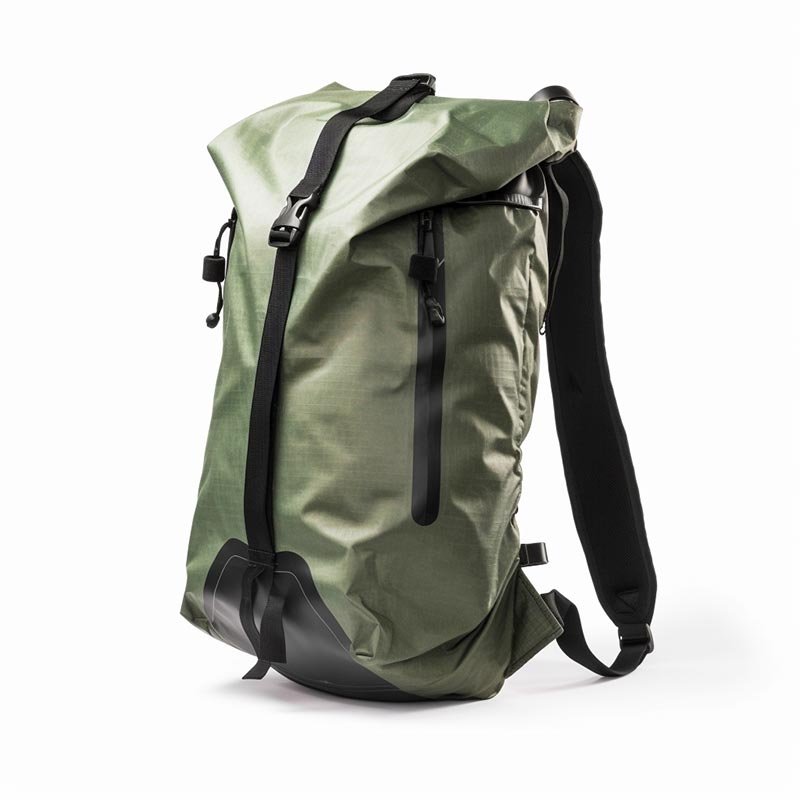
Design and Features
Backpack styles
Different backpack styles suit different purposes. From traditional backpacks to sling bags and hiking packs, each style offers unique features and benefits. Consider the activities you’ll engage in and select a design that complements your needs.
Organizational features
Well-designed backpacks come with various organizational features, such as multiple compartments, laptop sleeves, and external attachment points. Prioritize a backpack that offers convenient organization options for your specific requirements.
Comfort and ergonomics
Since you’ll be carrying your backpack for extended periods, comfort is paramount. Look for padded shoulder straps, adjustable sternum straps, and back ventilation systems to ensure optimal comfort and weight distribution.
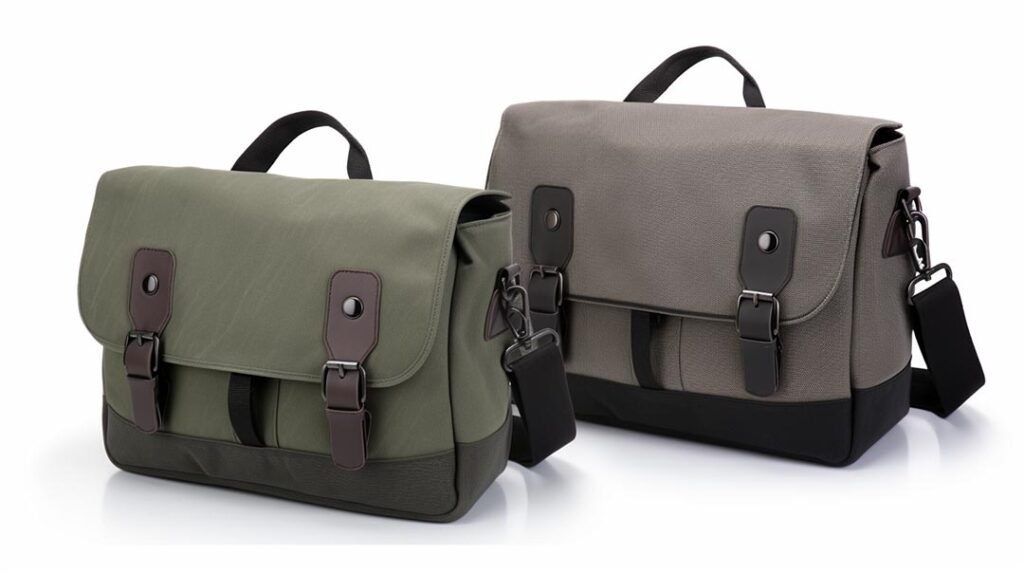
Material and Durability
Common backpack materials
Backpacks are crafted from a range of materials, including nylon, polyester, and canvas.
Each material has its pros and cons in terms of durability, weight, and water resistance. Consider your usage scenarios and select a material that suits your needs.
Durability considerations
Investing in a durable backpack ensures it withstands the demands of daily use or outdoor adventures.
Check for reinforced stitching, sturdy zippers, and quality construction materials to ensure long-lasting durability.
Weather resistance
If you plan to use your backpack in different weather conditions, opt for a water-resistant or waterproof model.
Look for backpacks with sealed seams and water-repellent coatings to keep your belongings dry and safe.
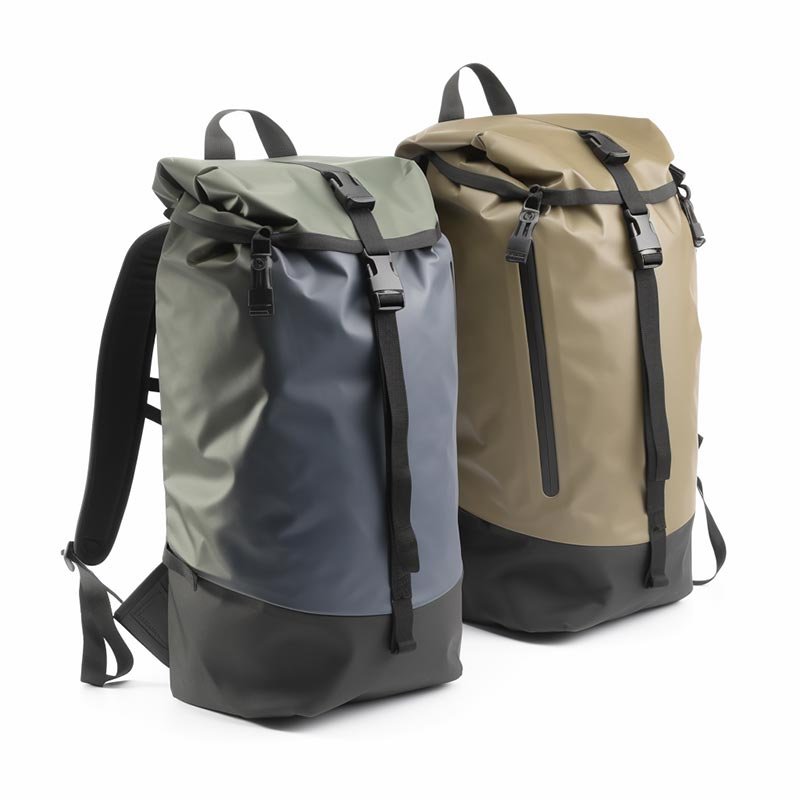
Weight and Portability
Lightweight options
For travelers or individuals on the go, lightweight backpacks are ideal. Seek out backpacks made from lightweight materials without compromising durability. This will ease the burden on your shoulders and back.
Compactness and portability
Consider the pack’s dimensions and its ability to collapse or fold into a smaller size when not in use. Backpacks with compressible features are excellent for storage and travel, providing convenience and portability.
Carry-on compatibility
If you frequently travel by air, ensure your backpack adheres to airline carry-on size regulations. This way, you can avoid checking it in and keep your essentials within reach during flights.
Quality and Brand
Recognizing reputable brands
Choosing a backpack from a reputable brand gives you confidence in the product’s quality, design, and customer support.
Research well-known brands that specialize in backpacks and have a solid reputation.
Assessing product reviews
Before finalizing your purchase, read customer reviews and ratings.
Real-life experiences can provide valuable insights into a backpack’s performance, durability, and overall user satisfaction.
Warranty and customer support
A reliable warranty and excellent customer support are vital. Ensure the backpack comes with a warranty that covers any manufacturing defects or malfunctions.
Good customer support adds peace of mind and helps resolve any issues that may arise.
Price and Budget
Setting a budget
Determine your budget range before exploring backpack options. This will help you narrow down choices and focus on backpacks within your price range.
Value for money
Price should not be the sole determining factor. Consider the overall value offered by the backpack, including its features, durability, and brand reputation.
Opt for a backpack that offers the best combination of quality and affordability.
Balancing quality and cost
Finding a balance between quality and cost is essential. While it’s tempting to choose the cheapest option available, investing in a higher-quality backpack can save you money in the long run, as it will last longer and provide better performance.
Try Before You Buy
Visiting a store
If possible, visit a physical store to try on backpacks. This allows you to assess the fit, comfort, and overall feel of the backpack.
Physical stores also provide an opportunity to ask questions and receive expert advice.
Testing the backpack
Once you have the backpack on, walk around the store with it loaded as you would during regular use.
Pay attention to how it feels on your shoulders and back, ensuring it provides the necessary support and weight distribution.
Checking for proper fit
Ensure the backpack fits your body well and doesn’t strain your back or shoulders.
The shoulder straps should be adjustable and sit comfortably on your shoulders, while the hip belt, if present, should rest snugly on your hips for added support.
Security Features
Anti-theft measures
In crowded or high-risk areas, backpack security features become crucial. Look for backpacks with hidden or lockable compartments, slash-proof materials, and RFID-blocking pockets to protect your belongings.
Locking mechanisms
Some backpacks feature built-in locking mechanisms, allowing you to secure zippers or compartments with a lock or combination.
This adds an extra layer of protection, especially when traveling or leaving your backpack unattended.
RFID protection
If you carry valuable items like credit cards or passports, consider a backpack with RFID-blocking technology.
This prevents electronic theft and keeps your personal information safe from potential hackers.
Care and Maintenance
Cleaning and upkeep
Regularly clean your backpack to maintain its appearance and longevity.
Follow the manufacturer’s instructions for cleaning, and remove any dirt or stains promptly.
Proper upkeep ensures your backpack stays in good condition.
Storage and maintenance tips
When not in use, store your backpack in a dry and clean environment. Avoid exposing it to extreme temperatures or direct sunlight, as this can degrade the materials over time.
Additionally, follow any maintenance recommendations provided by the manufacturer.
Repair options
In the event of damage or wear and tear, explore repair options before considering a replacement.
Some brands offer repair services or provide information on where to find authorized repair centers. Repairing your backpack can extend its lifespan and save you money.
Comparing Options
Making a shortlist
After researching and gathering information, make a shortlist of backpacks that meet your requirements.
Narrowing down your options simplifies the decision-making process.
Comparing features and specs
Compare the features, specifications, and benefits of each backpack on your shortlist. Pay attention to factors such as size, capacity, design, durability, comfort, and price.
This will help you determine which backpack best aligns with your needs.
Weighing pros and cons
Evaluate the pros and cons of each backpack, considering the features and benefits that matter most to you.
This will assist you in making an informed decision and selecting the backpack that offers the most advantages for your specific use case.
Conclusion
In conclusion, purchasing the right backpack requires careful consideration of size, design, material, durability, and price.
By following these twelve tips, you can make an informed decision and choose a backpack that suits your specific needs.
Remember to prioritize comfort, quality, and features that enhance your overall experience.
Contact us today to customize your own backpacks!
FAQs
How do I determine the right backpack size for my needs?
Assess your intended purpose and the items you plan to carry. Consider the activities you'll engage in and choose a size that accommodates your belongings comfortably.
Are expensive backpacks always better?
Price alone doesn't determine the quality of a backpack. Consider the overall value, including durability, features, and brand reputation, to find the right balance between quality and cost.
What should I look for in terms of backpack durability?
Check for reinforced stitching, sturdy zippers, and quality construction materials. Additionally, consider the backpack's material and its resistance to wear, tear, and weather conditions.
Can I return a backpack if it doesn't meet my expectations?
Review the retailer's return policy before purchasing. Some offer hassle-free returns within a specified period, allowing you to exchange or get a refund for the backpack.
How do I maintain and clean my backpack?
Follow the manufacturer's instructions for cleaning and maintenance. Regularly remove dirt and stains, store the backpack in a dry environment, and avoid exposing it to extreme temperatures or sunlight.
Consult your customization specialist for backpacks
We help you avoid the pitfalls to deliver the quality and value your backpack needs, on-time and on-budget.


